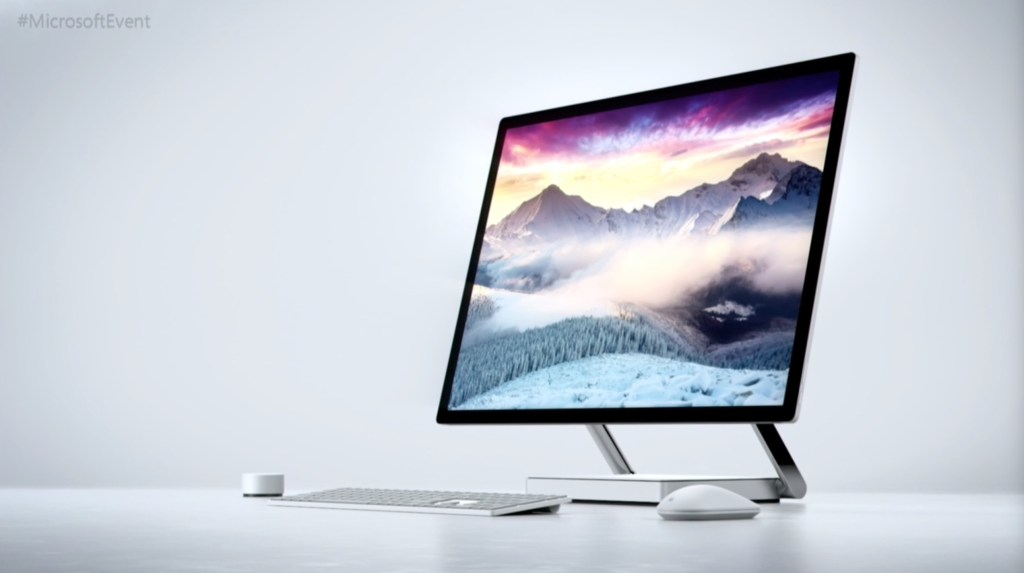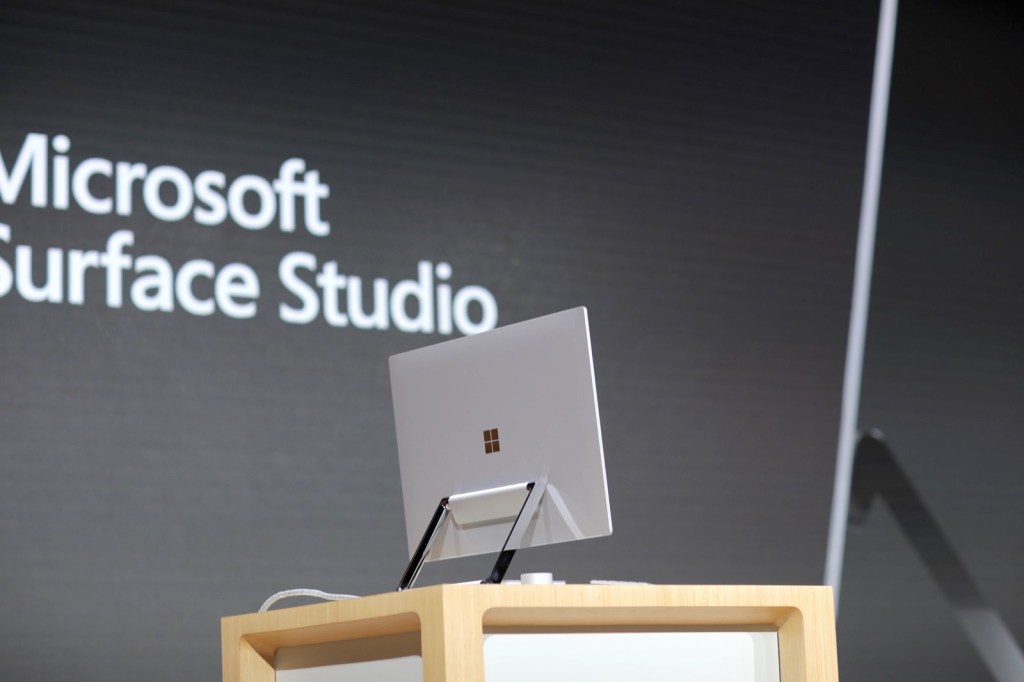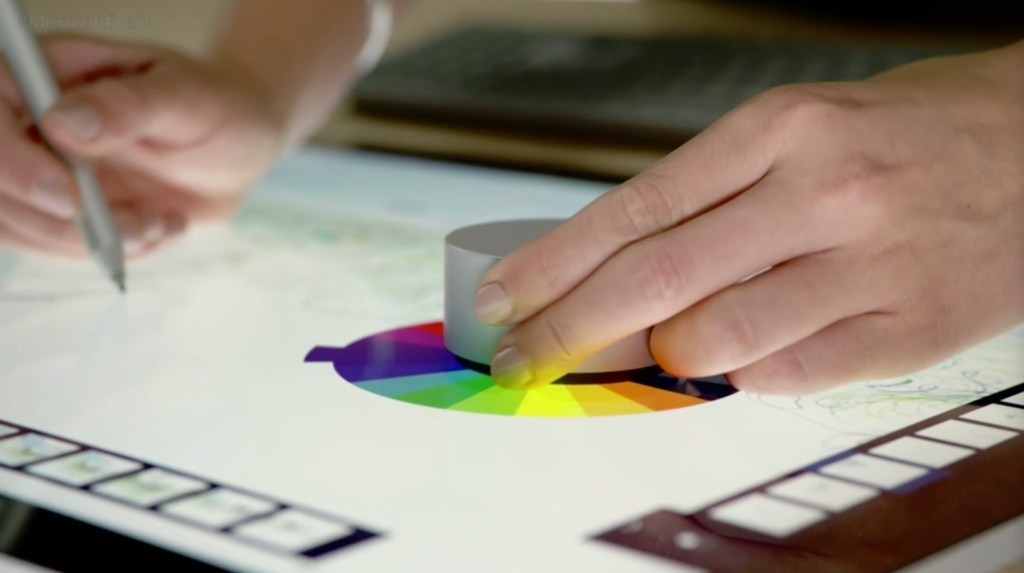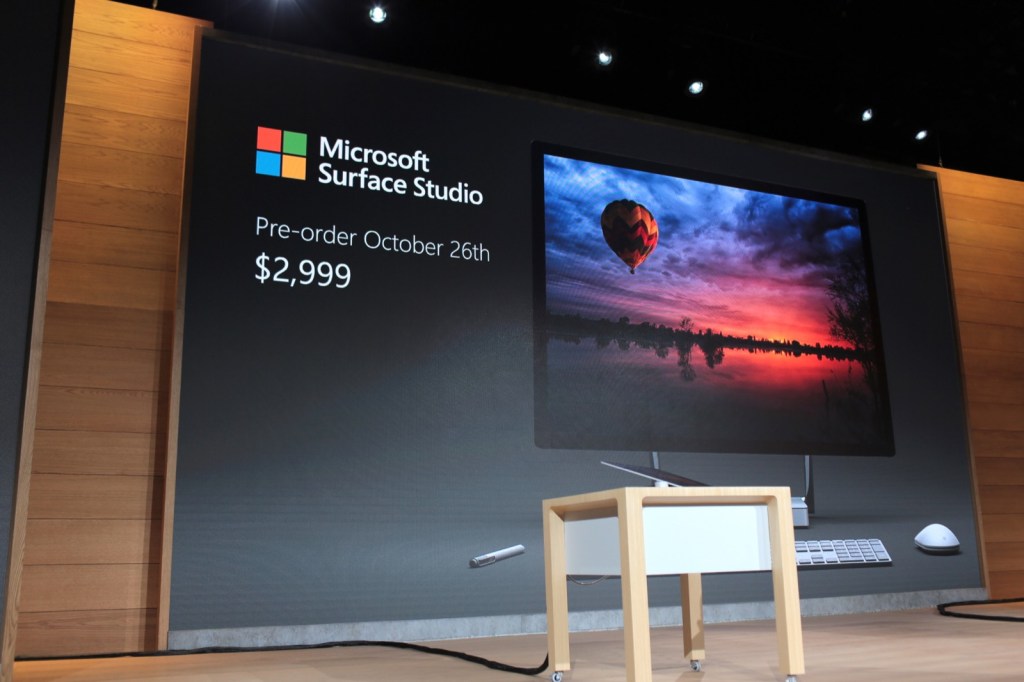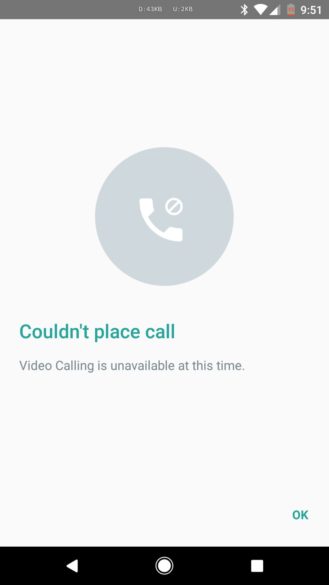Elon Musk's grand vision of a Hyperloop system that can transport people and cargo through high-speed vacuum tubes is coming to life in the United Arab Emirates.
The near-supersonic railway would connect the Emirati capital of Abu Dhabi with Dubai, the area's most populous city, in only 12 short minutes. This journey normally requires about two hours of travel by car or train.
Los Angeles-based Hyperloop One and Dubai's Road and Transport Authority announced their new partnership Tuesday atop Dubai's Burj Khalifa, the world's tallest building.
"We are here today to sign a historic agreement with our partners from (the Dubai) Road and Transport Authority ... and we begin to evaluate the delivery of the world's first hyperloop system across the country," Hyperloop One CEO, Rob Lloyd, told reporters.
The Roads and Transport Authority and Hyperloop One have agreed to develop a prototype of the hyperloop and the feasibility of building a hyperloop system that can link the two cities.
Hyperloop One's vision consists of combining autonomous vehicles with Hyperloop technology, according to a company press release:
"Individuals can commute for limited distances within the city in small self-driving vehicles. These vehicles can then board the Hyperloop train to travel for longer distances—including between cities—with speeds that can reach 1,200 kilometers per hour, exceeding aircraft speed. Hyperloop stations will be spread all around the city, providing easy and convenient access. This would effectively reduce travel time between Dubai and Abu Dhabi to less than 12 minutes, and between Dubai and Riyadh to less than 48 minutes.
"The new technology is set to have positive implications on urban planning; it will economize parking spaces as it changes the way individuals commute within the city, as well as to and from logistical centers such as airports and ports—not to mention the impact it will have on shipping."
The deal is also meant to help city-state move forward with the "Dubai Autonomous Transportation Strategy," which aims to render 25 percent of all transportations in the emirate driverless by 2030.
Although Tesla CEO Elon Musk came up with the futuristic transport idea back in 2013, he is not affiliated with any hyperloop companies. He has, however, encouraged other private companies to turn his vision into reality. Besides Hyperloop One, Hyperloop Transportation Technologies is another firm trying to bring the technology to life.
When asked about the project's cost, Hyperloop co-founder Josh Giegel told the Associated Press it would be "somewhere between the cost of putting a road in and a high-speed rail."
The Associated Press reported that at Tuesday's event, Hyperloop officials showed several circular station models for Dubai, including one at Emirates Towers on Dubai's main artery, Sheikh Zayed Road. Dubai's Jebel Ali port is also exploring the possibility of using the technology.
Hyperloop One is currently testing the transport system in the Nevada desert.


